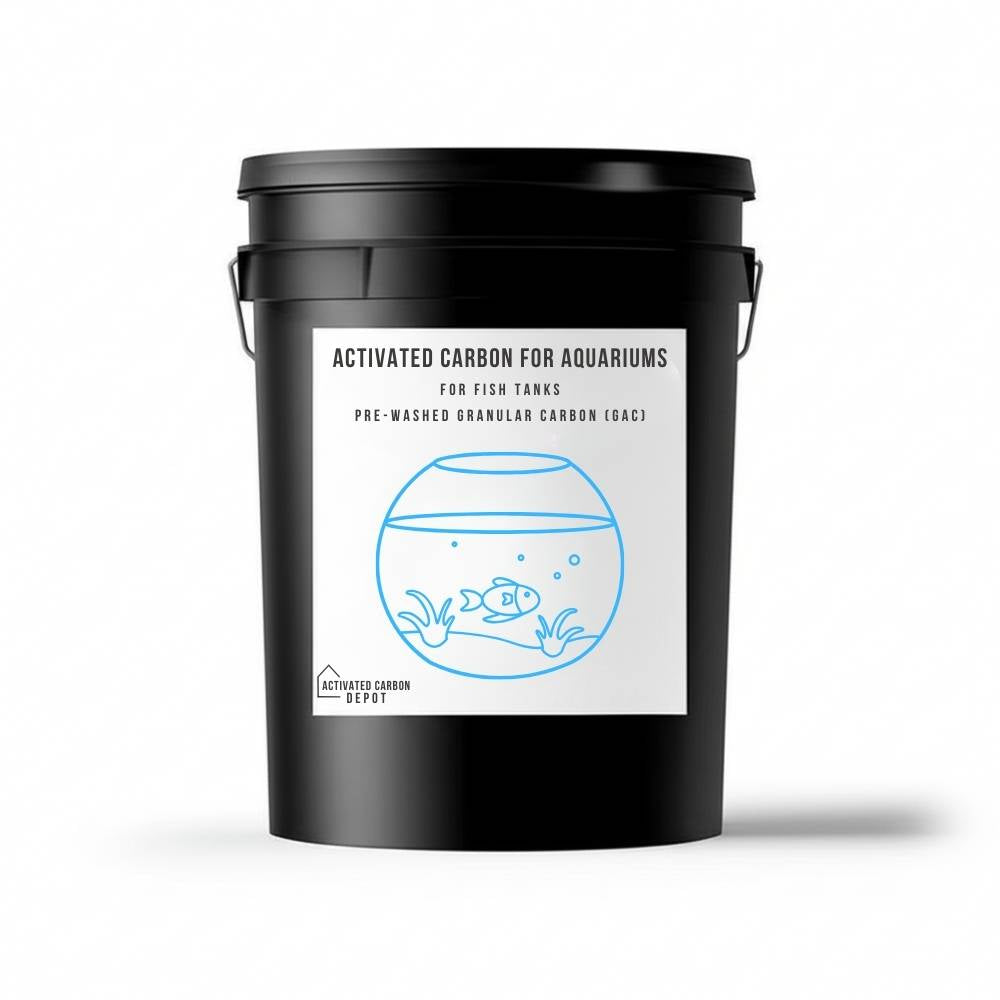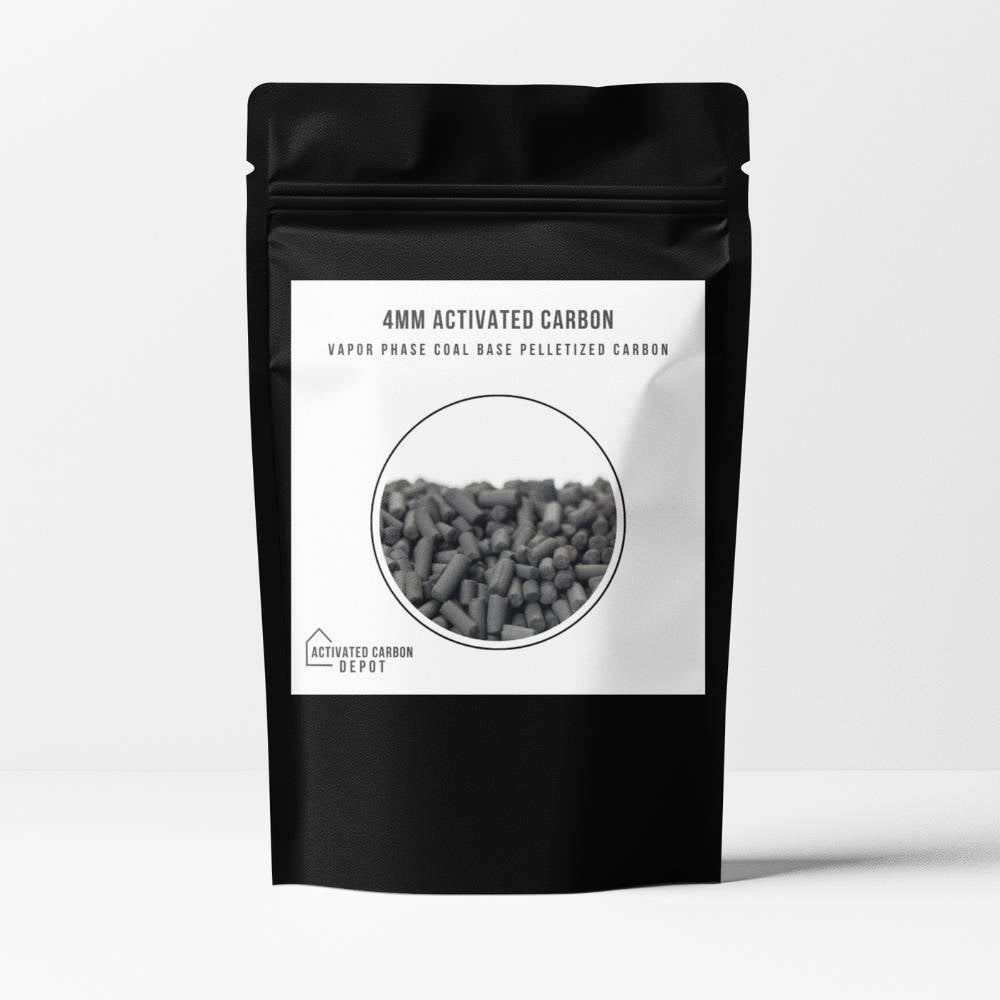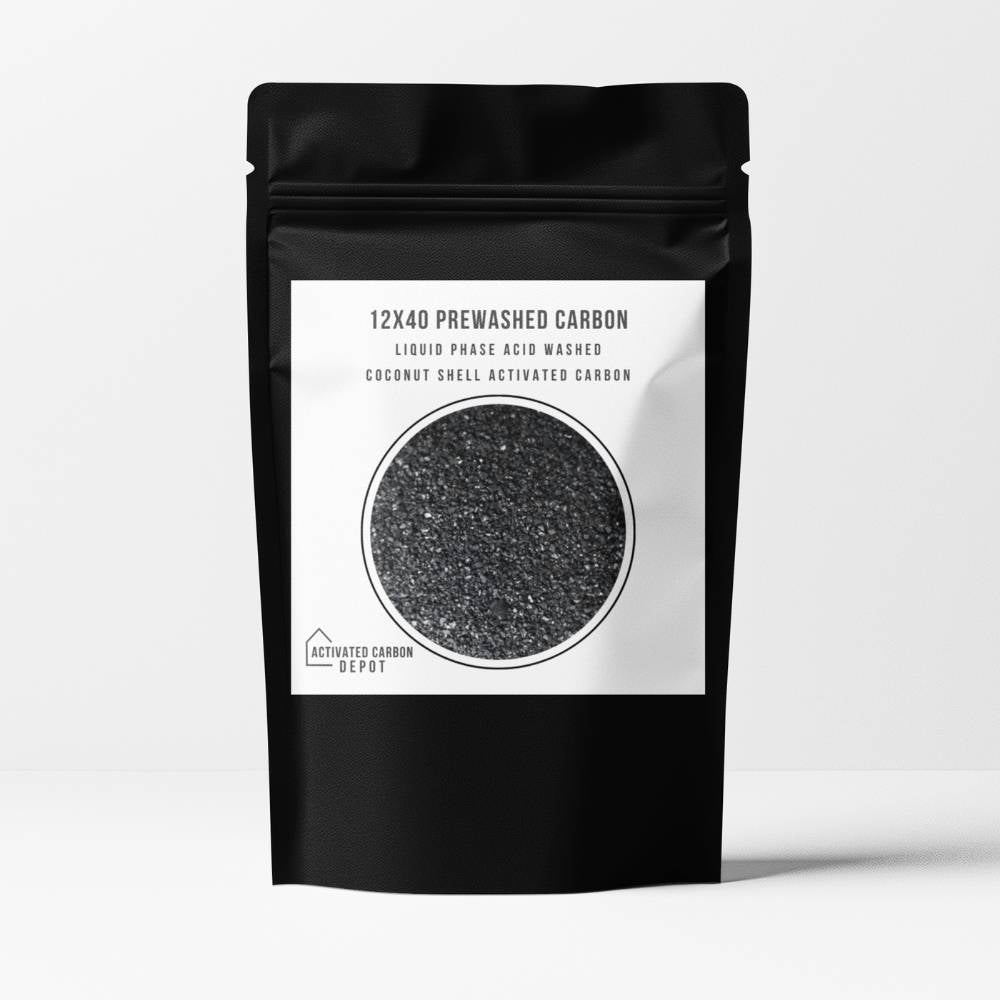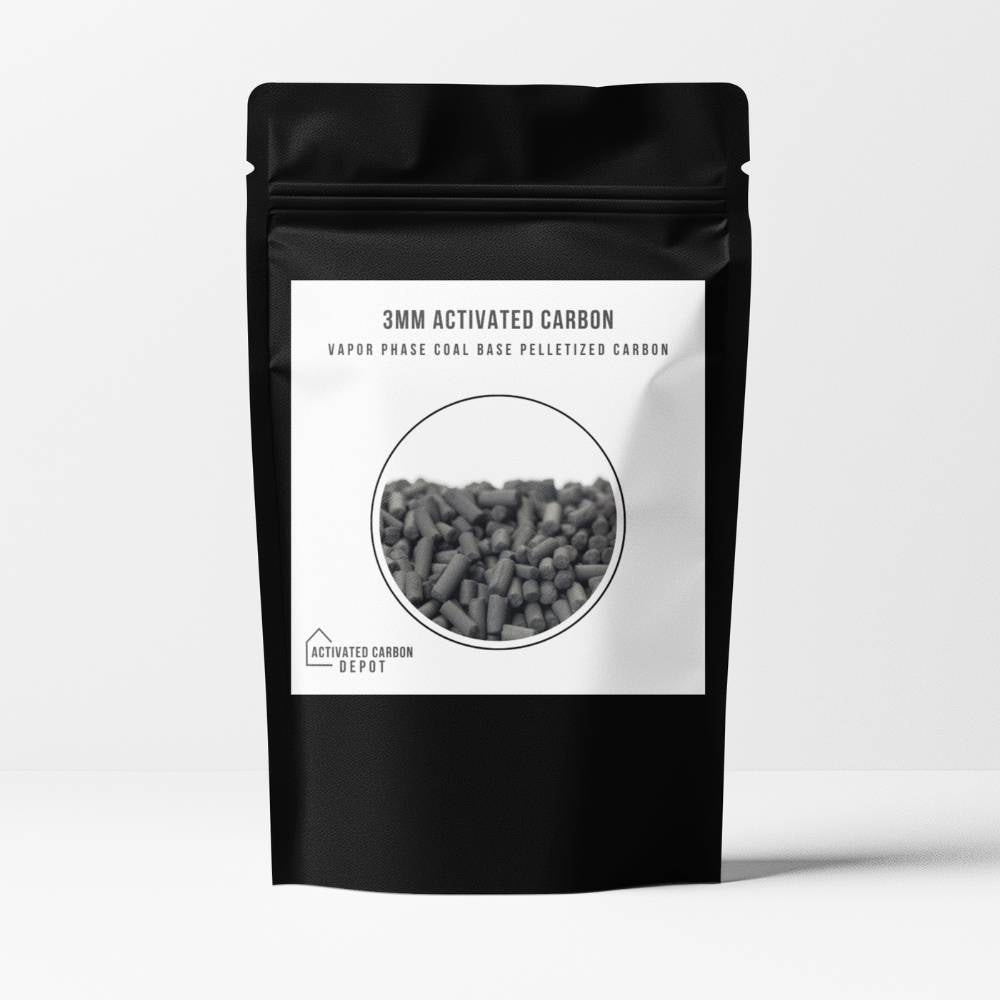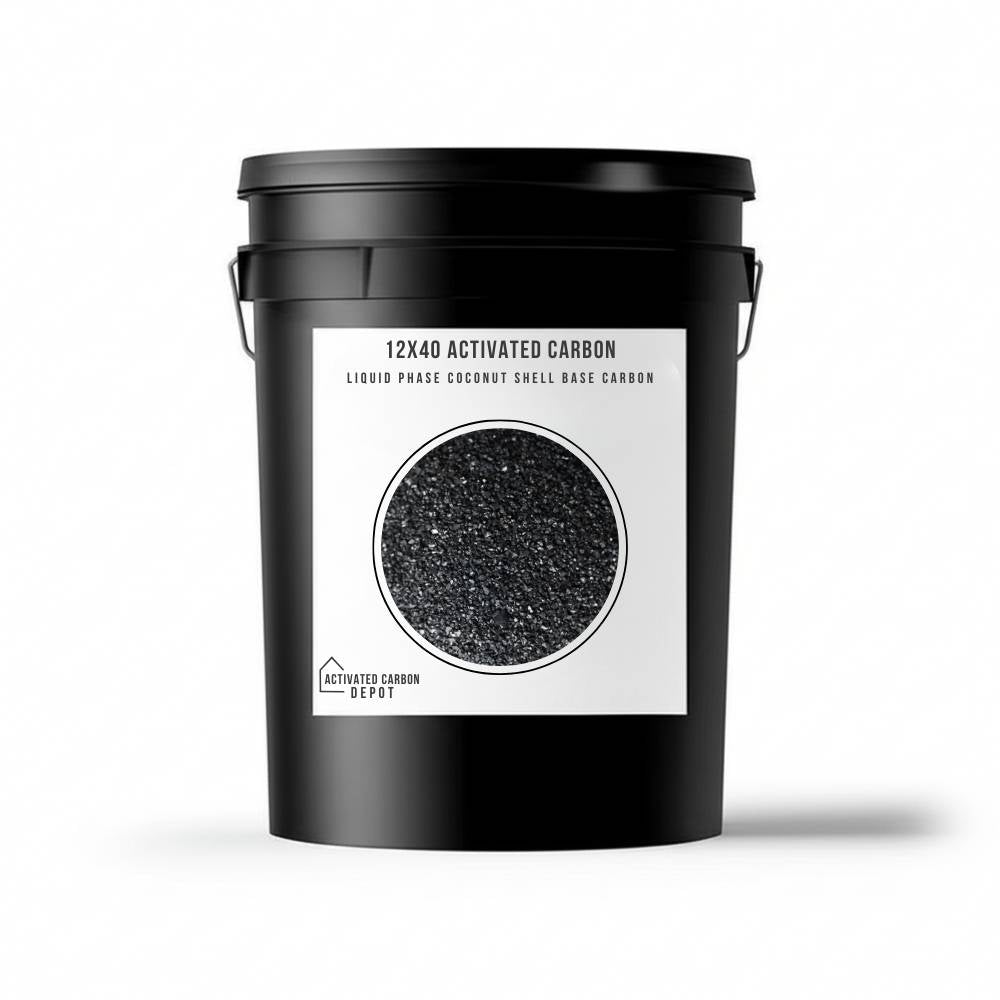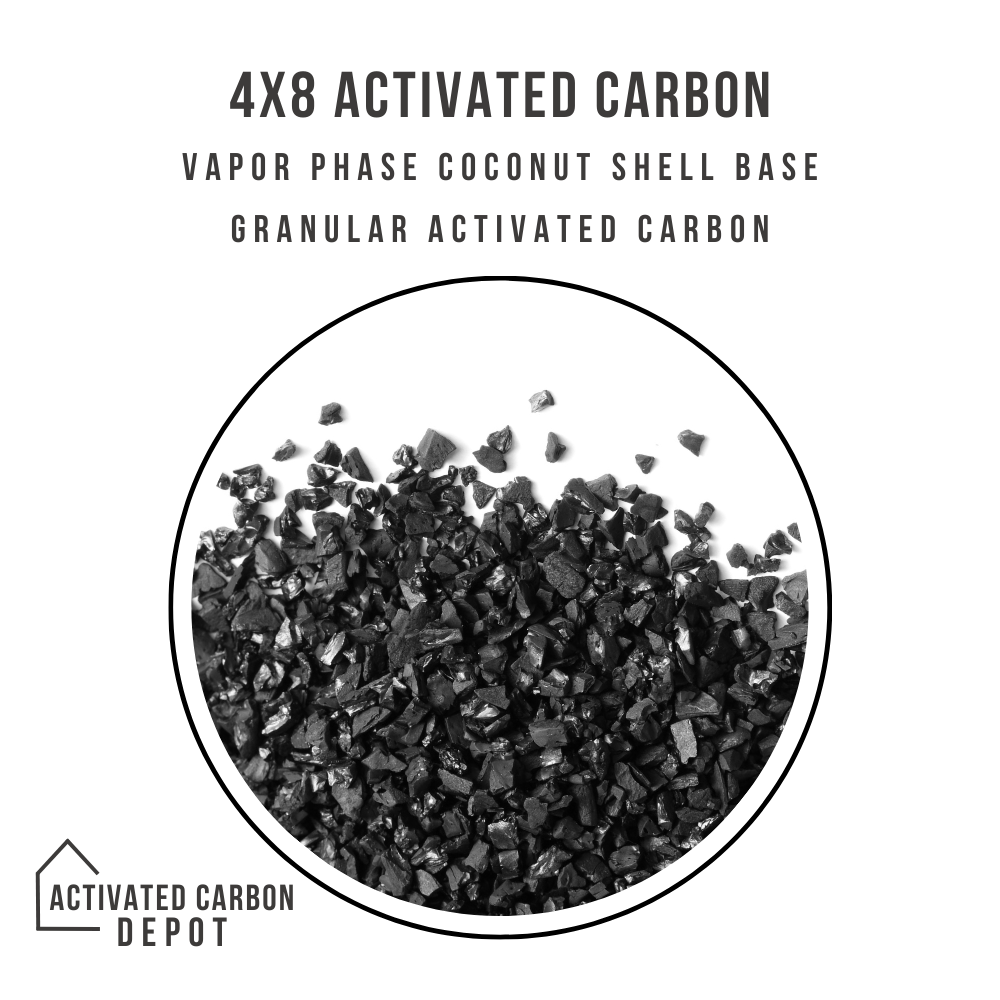Cannabis, while widely used for both medicinal and recreational purposes, is known for its potent aroma, which can be undesirable in many settings. Activated carbon is a highly effective material for reducing or eliminating the distinct smell of cannabis, thanks to its superior odor-neutralizing abilities. Here’s a detailed guide on how activated carbon can be used to manage cannabis odors effectively.
Why Activated Carbon Works
Activated carbon, also known as activated charcoal, is a form of carbon processed to have small, low-volume pores that increase the surface area available for adsorption or chemical reactions. These pores make activated carbon ideal for capturing odor molecules, including those released by cannabis. The high surface area allows it to adsorb odors efficiently, trapping the smell particles within its pores.
Applications for Cannabis Odor Management
-
Air Filtration Systems: Activated carbon filters are widely used in air purification systems to filter out the smell of cannabis in homes, dispensaries, and indoor growing facilities. These filters can be integrated into HVAC systems or used in portable air purifiers to cleanse the air of odors continuously.
-
Grow Room Ventilation: For cannabis growers, managing the smell in grow rooms is crucial not only for personal discretion but also to comply with local regulations. Installing activated carbon filters in ventilation systems helps capture the odorous compounds before they can escape into the surrounding environment.
-
Enclosed Containers: Small-scale users can store cannabis in containers equipped with activated carbon liners to prevent odors from permeating into their living space. These containers are perfect for personal use, keeping the contents fresh while neutralizing any escaping smells.
Choosing the Right Activated Carbon
When selecting activated carbon for odor management, consider the following factors:
- Pore Size: Ensure the activated carbon used has appropriate pore sizes to capture the volatile organic compounds responsible for cannabis odor.
- Form Factor: Activated carbon can be purchased in granular or pellet form. Pellets are generally more effective for airflow applications and are less likely to produce dust.
- Replacement Frequency: Activated carbon’s effectiveness diminishes over time, so regular replacement is necessary to maintain optimal performance. The frequency of replacement will depend on the extent of use and the concentration of cannabis odors.
Installation and Maintenance
- Proper Installation: Ensure that activated carbon filters are installed according to manufacturer instructions to maximize their effectiveness. Incorrect installation can reduce the filter's ability to trap odors.
- Routine Maintenance: Regular checks and replacements of the activated carbon are crucial. Over time, the carbon's pores become saturated, decreasing its effectiveness at odor control.
- Environmental Conditions: Humidity can affect the efficiency of activated carbon. In high humidity environments, the pores can become clogged with moisture, reducing their ability to adsorb odor molecules.
Conclusion
Bulk activated carbon is an effective and environmentally friendly way to manage and eliminate the strong odors associated with cannabis. Whether you're a casual user, a medical patient, or a commercial grower, incorporating activated carbon into your odor management strategy can significantly reduce the impact of cannabis smell, ensuring comfort and compliance with local regulations. With the right setup and maintenance, activated carbon solutions can provide a simple and effective means to keep cannabis odors at bay.





